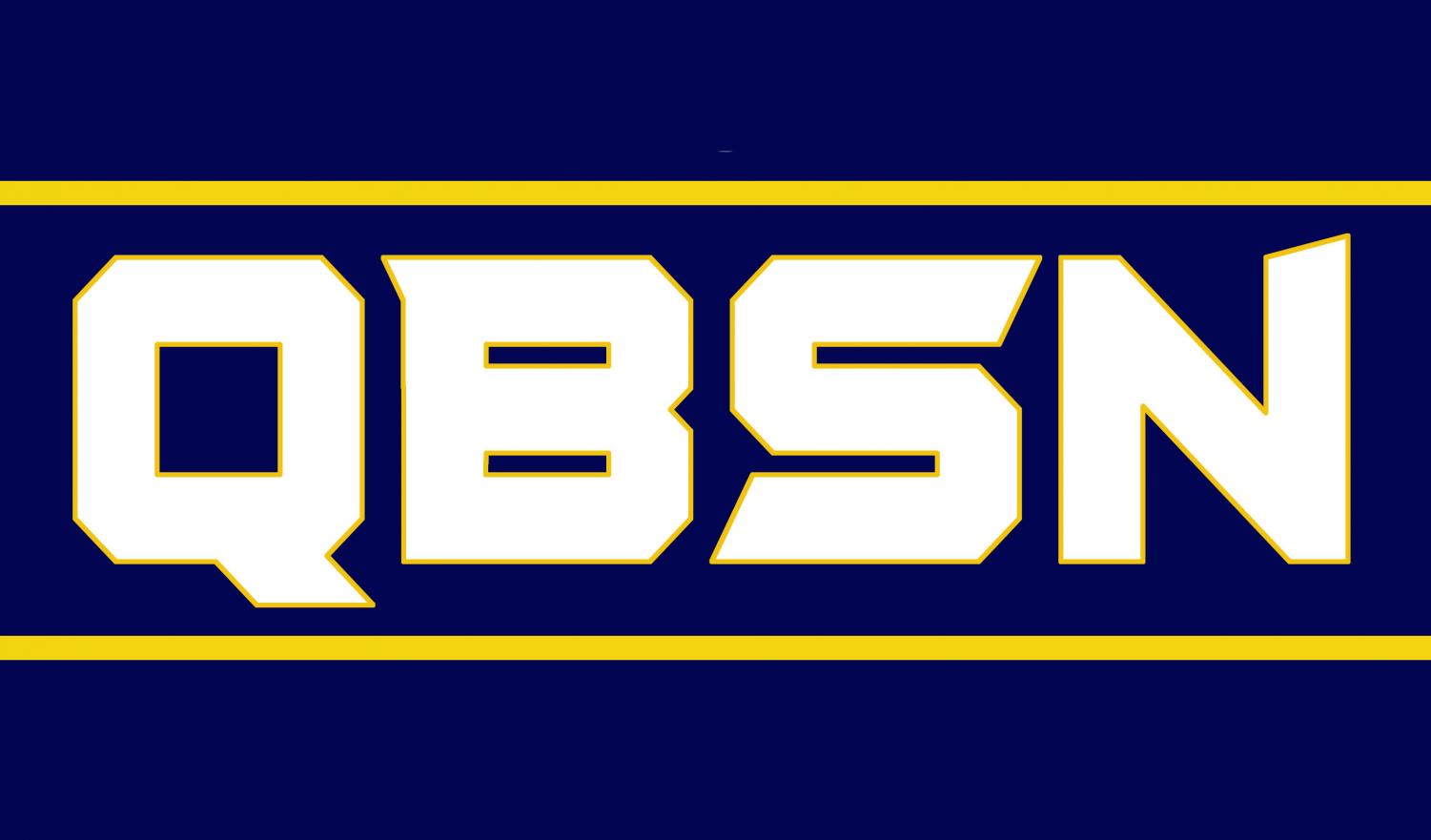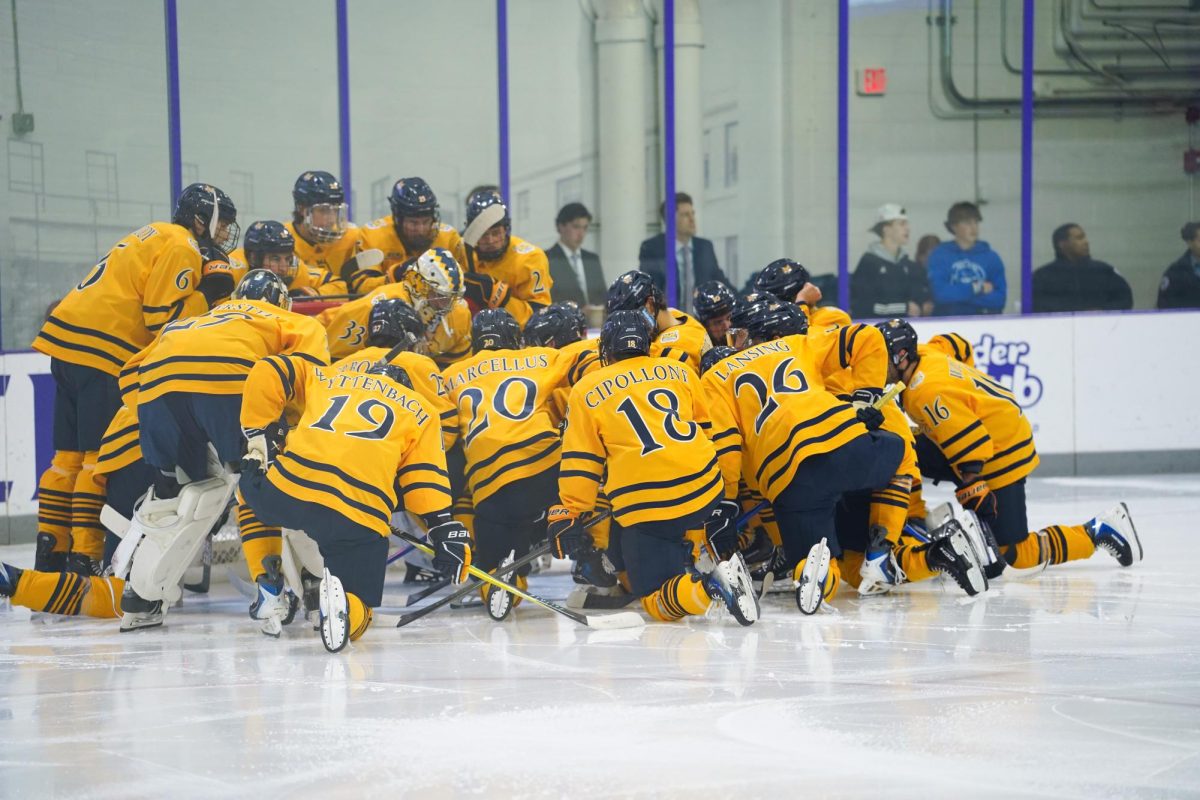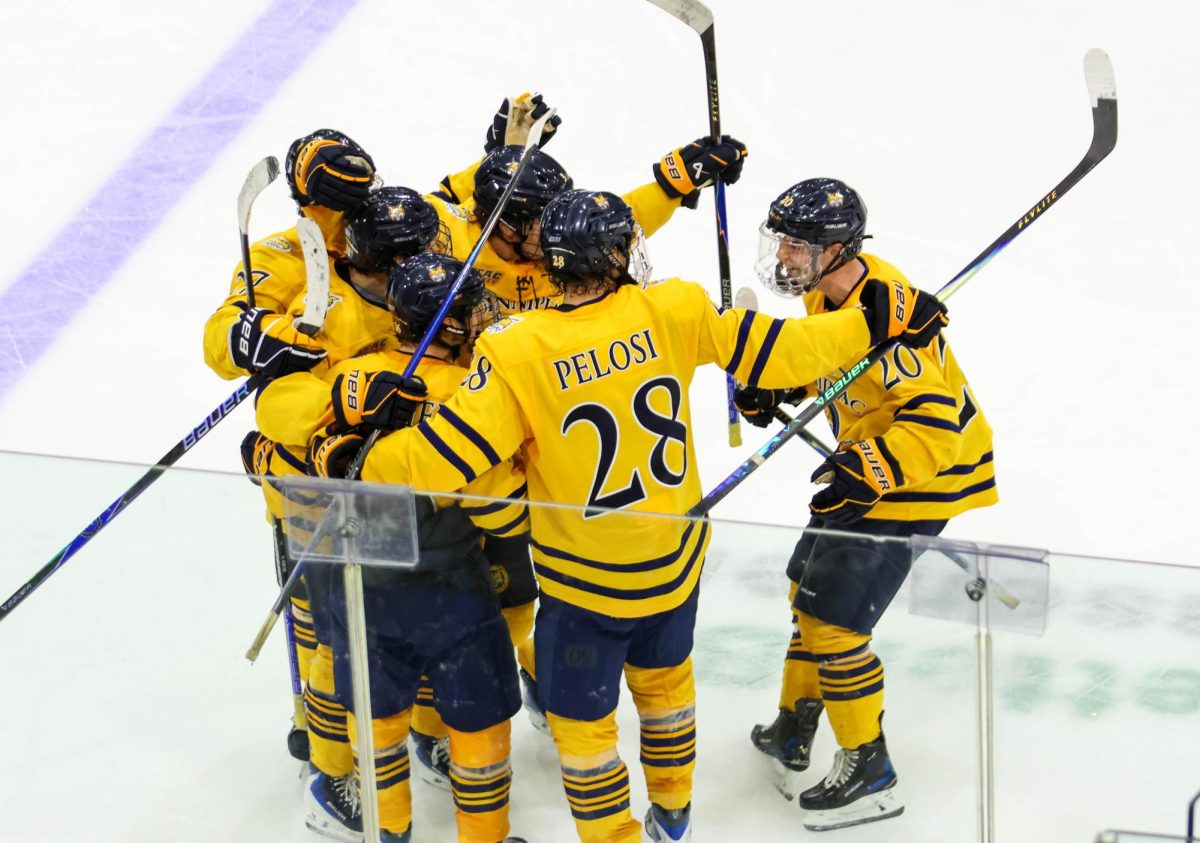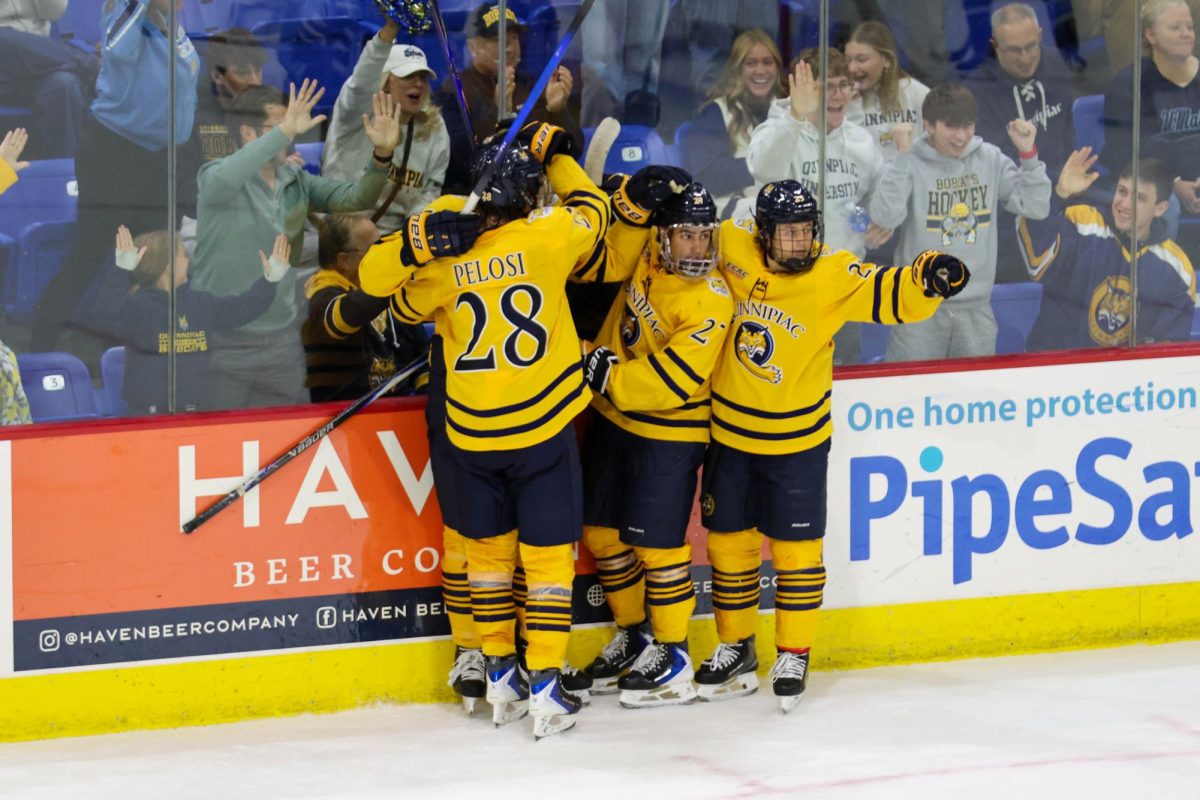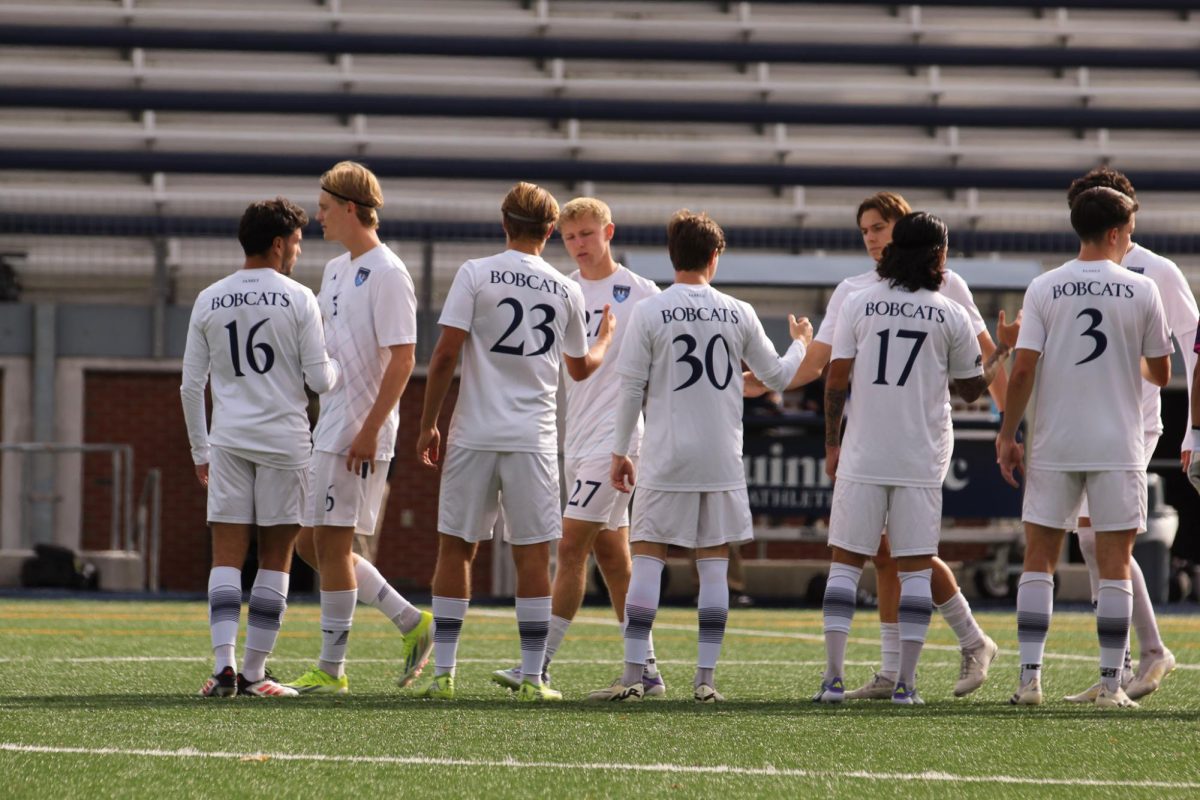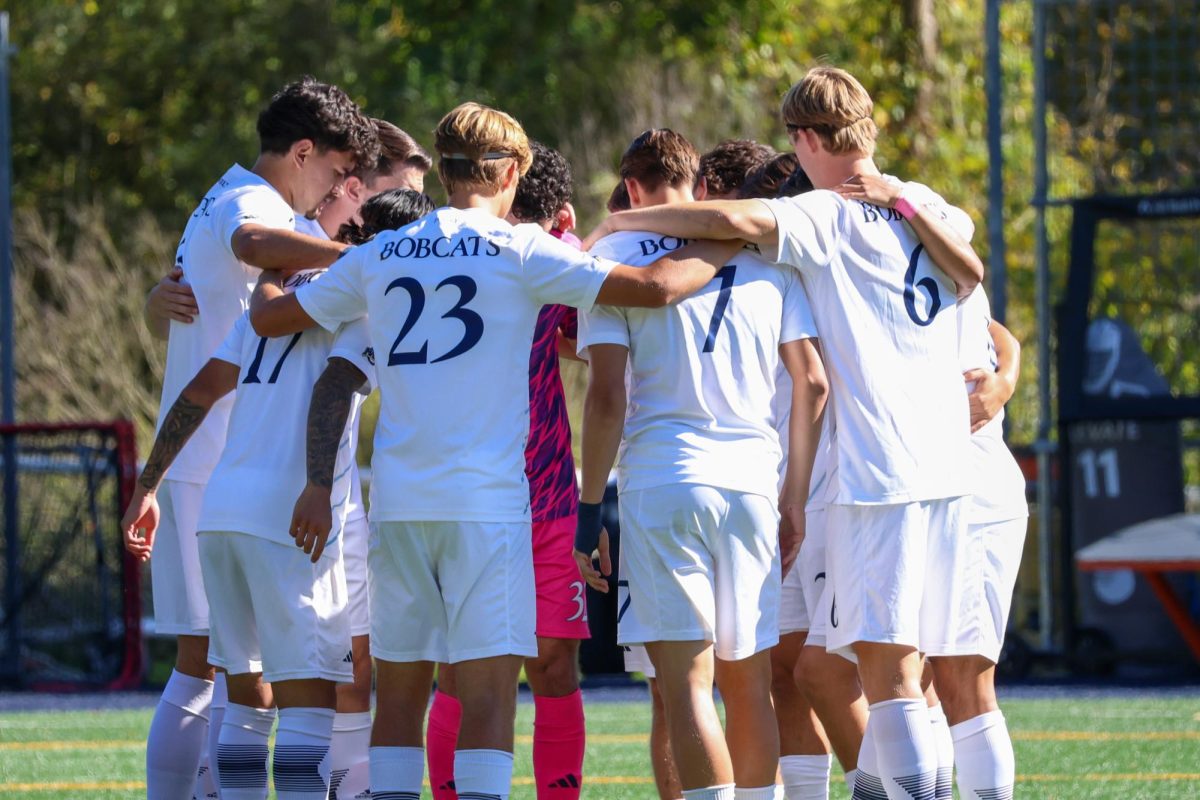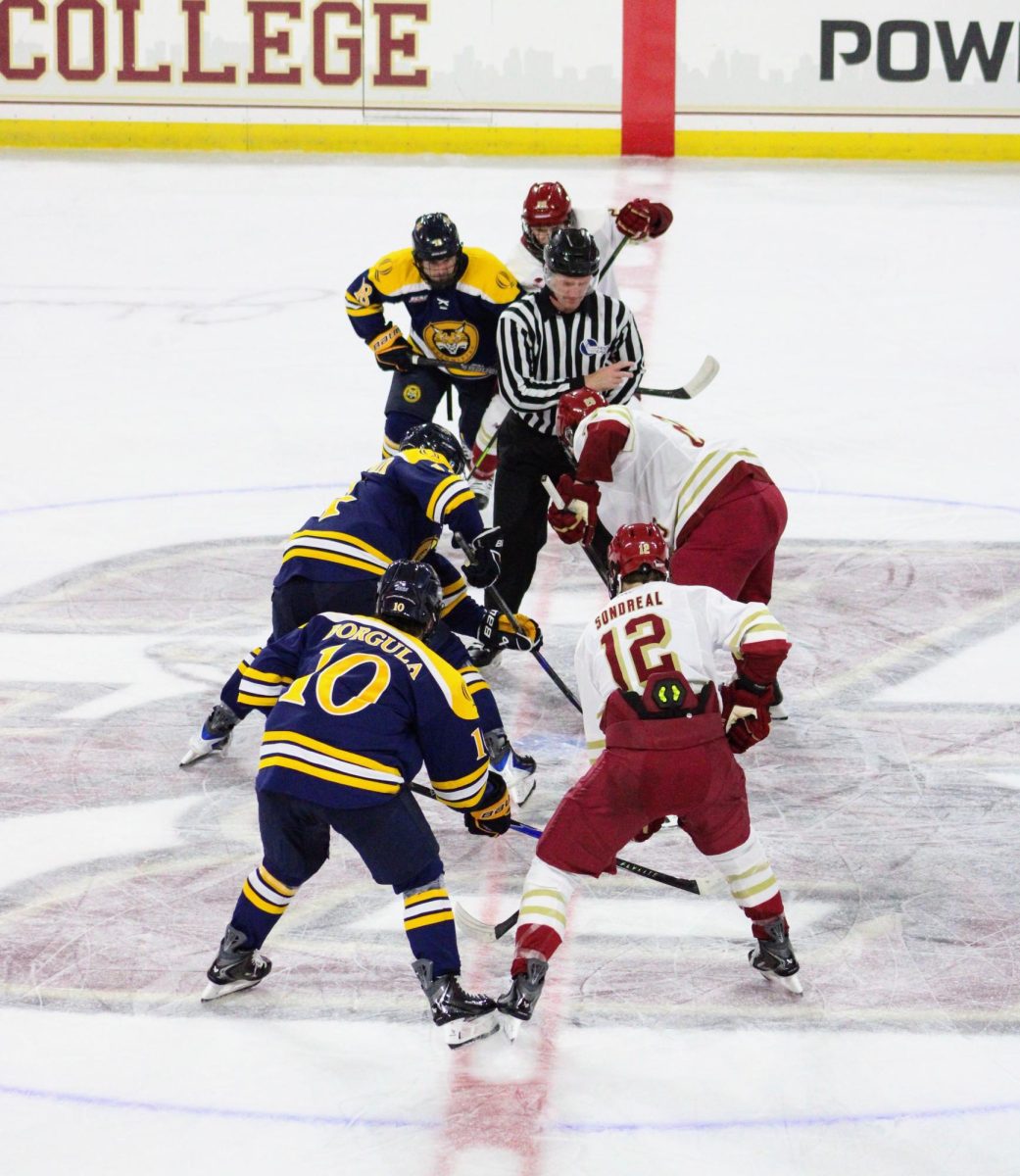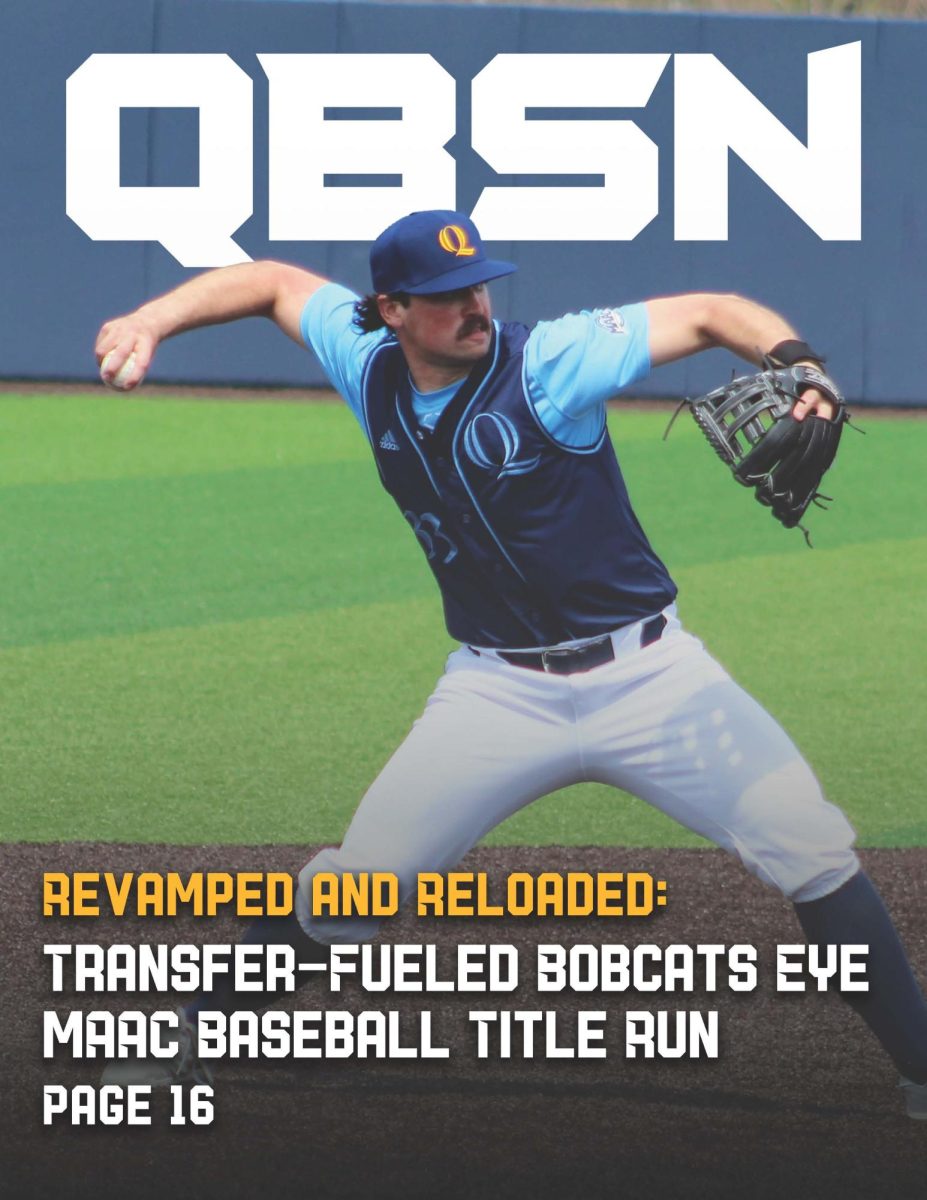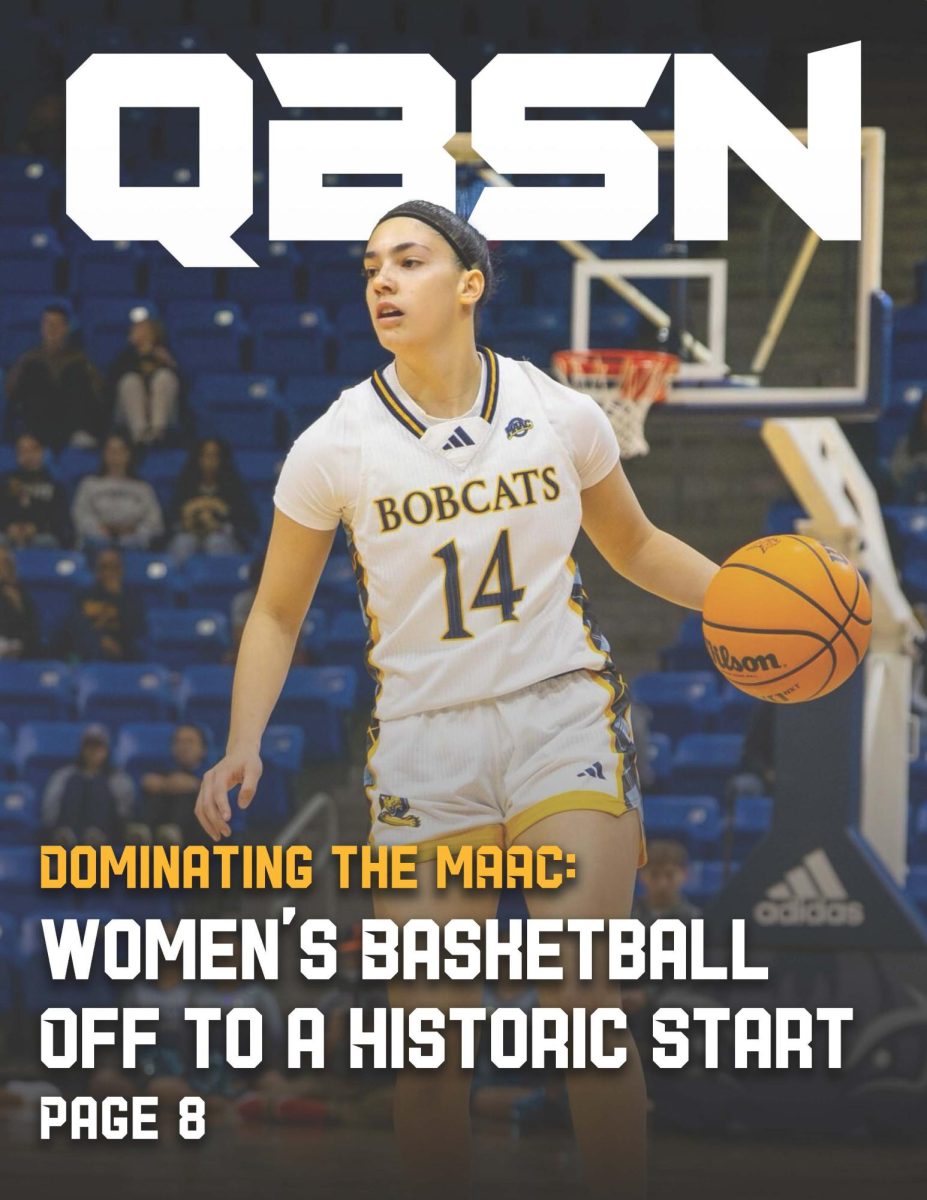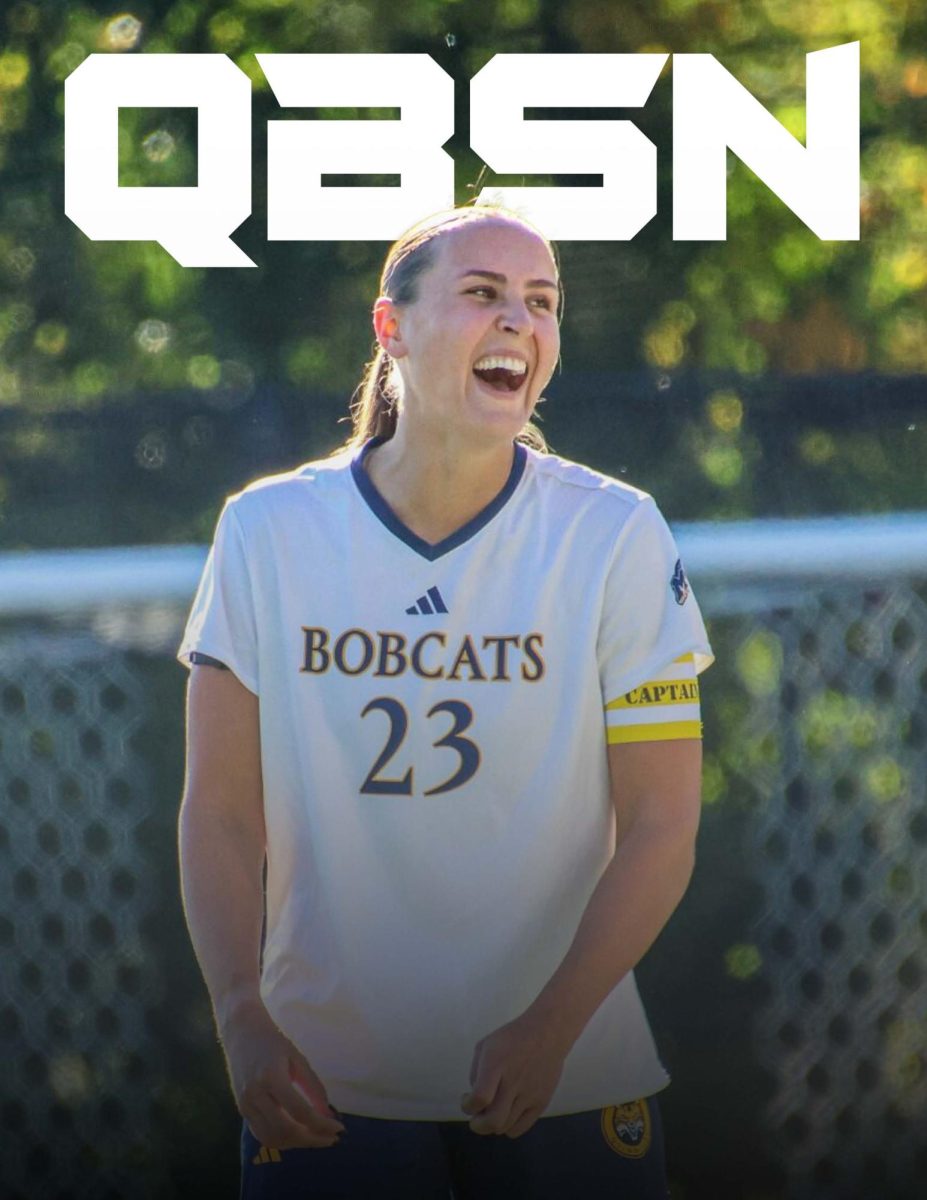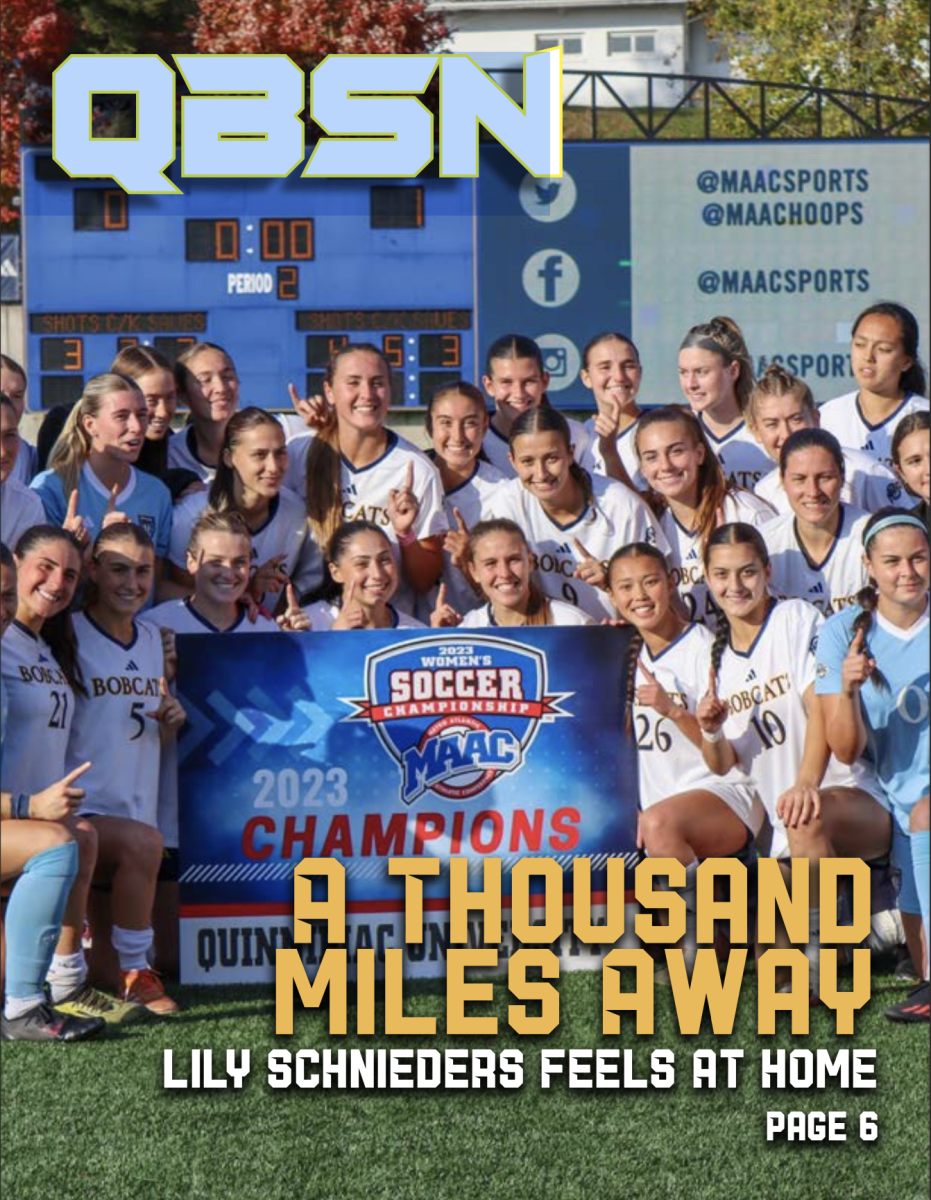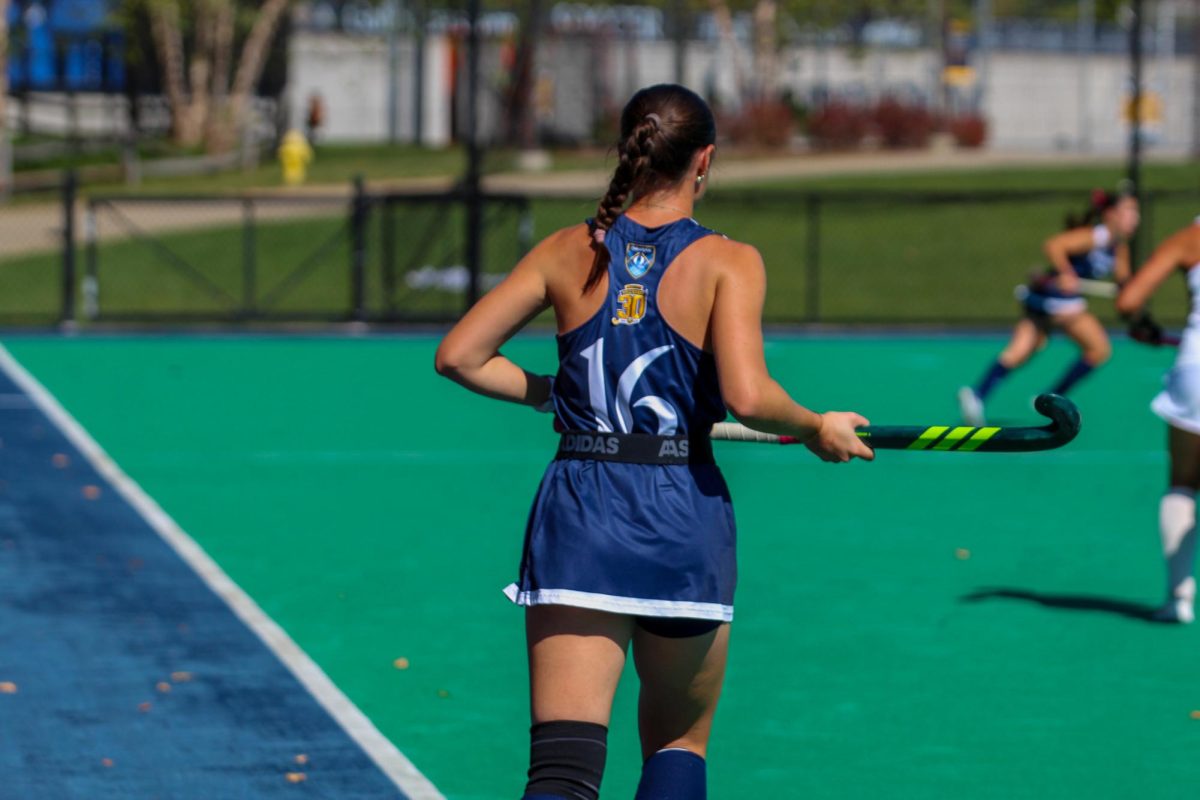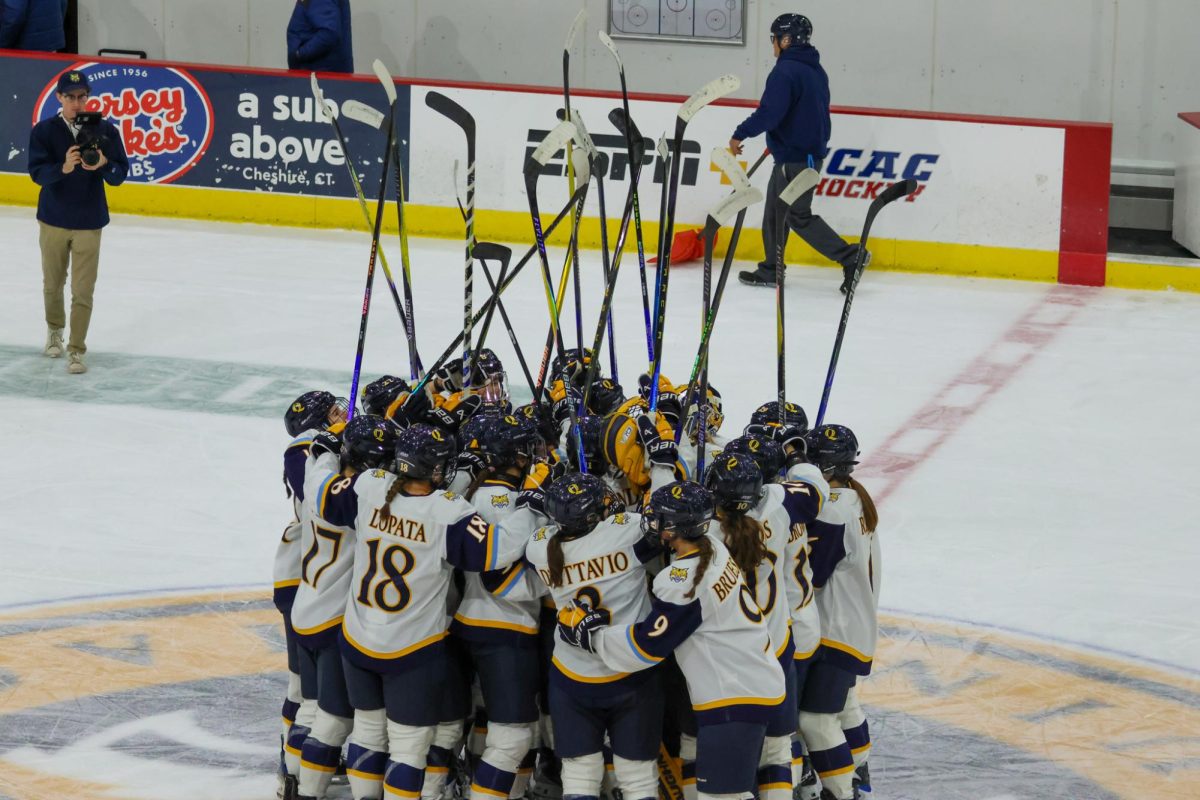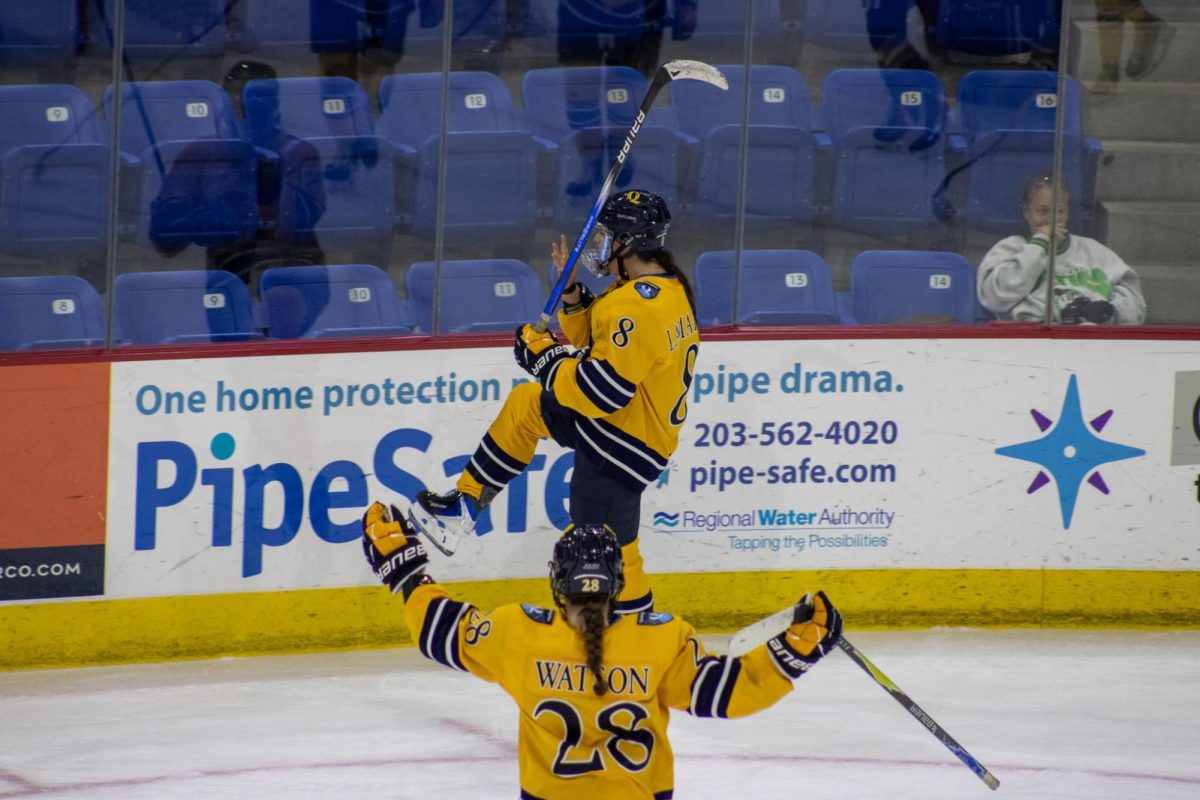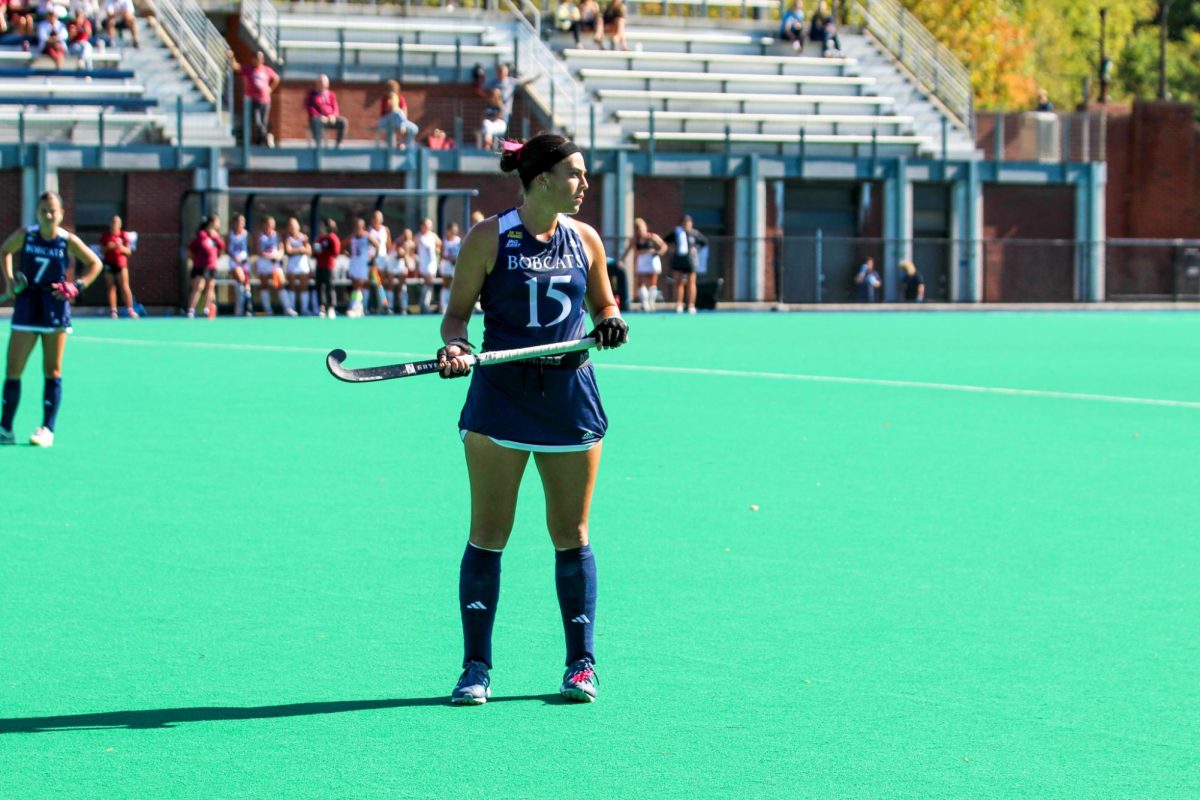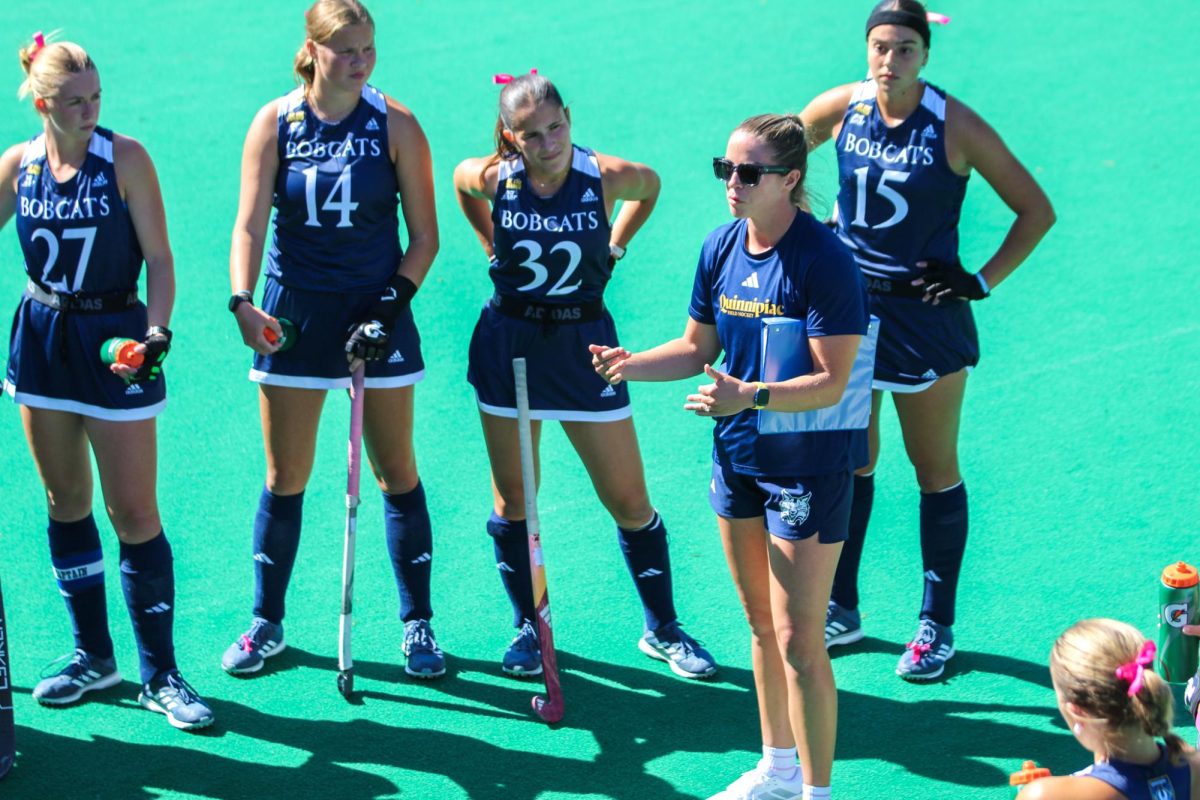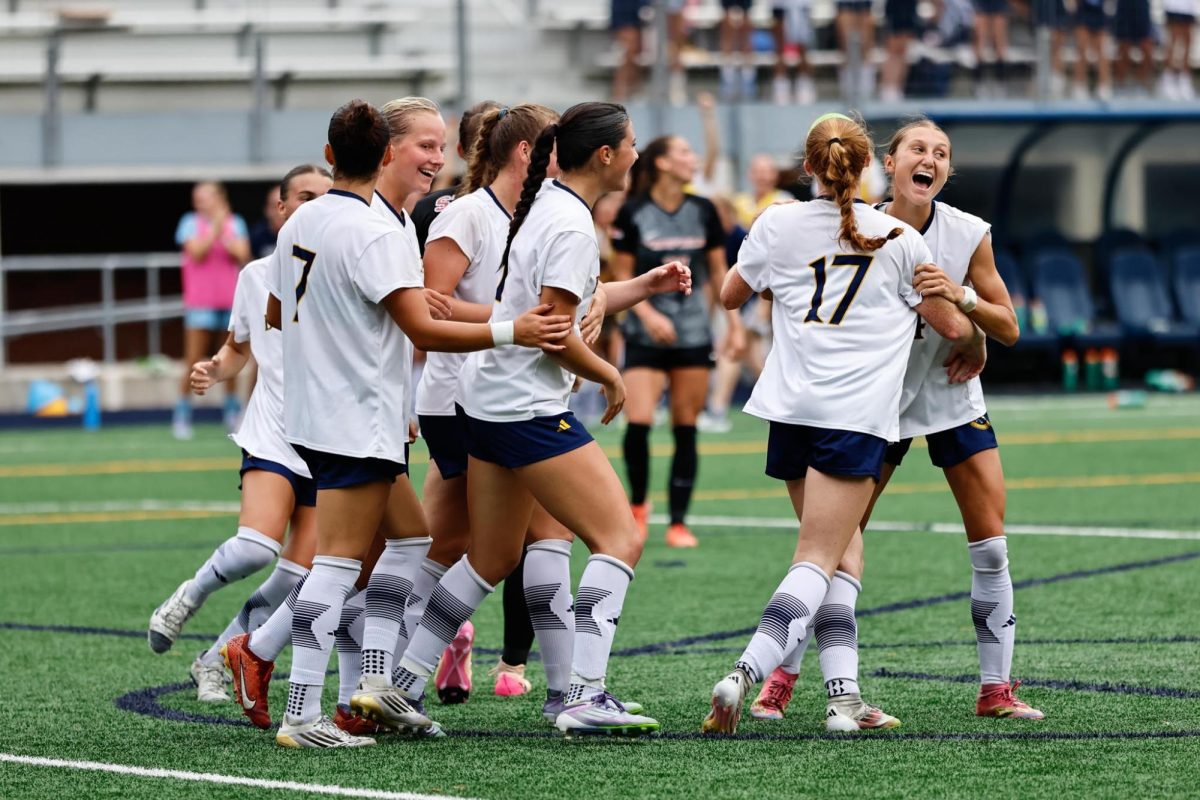Sept. 10 was a landmark morning for the Metro Atlantic Athletic Conference, a mid-major division ready to embark on a journey to the second and third screen. That morning, the conference announced the relative-newcomer Monmouth University had become the first in the league to sign a digital distribution deal with ESPN3 to broadcast many of its athletic contests, with full ESPN graphics presentation, music and integration, on the Internet outlet. The school has successfully tested and will use up to six cameras for some of the shoots.
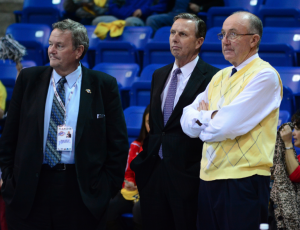
The deal provides instant access for the school to 95 million homes. And it’s one that others want to get in on.
“I really want to congratulate Monmouth and ESPN3 for bringing streaming video to ESPN3 for Monmouth and the MAAC and for their students to get involved in learning about it,” said Jack McDonald, Quinnipiac Director of Athletics and Recreation. “I also want to say that Quinnipiac has been there, done that.”
But is McDonald’s assertion that Quinnipiac has taken on the task Monmouth is about to embark on correct? The answer is, not entirely.
Currently, the MAAC and ESPN have a contract in place through 2016-17, one MAAC Commissioner Rich Ensor says is likely to be extended. The deal, according to Ensor, sees around 45 broadcasts per year (across all sports) on the ESPN family of networks, including ESPN2, ESPNU and ESPN3. As part of the deal, the conference provides “in the neighborhood of $850,000” to ensure the broadcasts happen, while ESPN covers the rest of the cost. But a meeting last December between ESPN3 and the MAAC Council of Presidents opened up the door for even more possibilities.
“They are offering another opportunity on top of what the MAAC does,” Ensor said. “To self-produce on-campus ESPN3 productions to be housed on a MAAC/ESPN3 site on the web.”
The universities choosing to participate in this endeavor then have three options of physically producing the game. The first involves hiring an outside production company to entirely produce the broadcast. The company would have to be approved by ESPN and reach its full expectations regarding its graphics package and other broadcast aesthetics, and should it, would then go on the air.
“I really want to congratulate Monmouth and ESPN3 for bringing streaming video to ESPN3 … I also want to say that Quinnipiac has been there, done that.” – Jack McDonald, Quinnipiac athletic director
Option No. 2, which is the one Monmouth ultimately decided to venture into, involves any combination of university staff, athletics staff, alumni, and students working together to produce a broadcast. Like the first stipulation, all the broadcasting standards must reach those of ESPN and ESPN3.
The third choice would be for the schools to offer students an opportunity to earn credit as part of a tie-in with the university’s respective communications curriculum. This option would require a revamp of the school’s respective program, but would require less hiring.
During the 2013-14 season, Quinnipiac broadcast six games on ESPN3, one of which was a women’s hockey game, a sport not typically seen on the outlet. The MAAC used a handful of the games from Hamden alongside some from Marist College as tests for ESPN3 to see what would be viable options for an impending contract.
In the process, Quinnipiac attempted to match the radio feed from WQUN 1220 AM to the high-definition scoreboard feed at the TD Bank Sports Center and send that out to the online stream for ESPN3. The stream, while of high quality, would often feature local advertisements, in-house replays broadcasting over game action or fan segments, and didn’t always use the required ESPN broadcast elements.
“While it worked at some level, it didn’t work at the level that ESPN3 would sign off on using it going forward,” Ensor said.
Quinnipiac’s Athletics Council Chairperson Rich Hanley believes the struggle Quinnipiac faced is one that Monmouth may face as well.
“Monmouth doesn’t know what it’s getting into because it has to produce games at a level that ESPN3 requires,” Hanley said. “This is not something that it can do on a casual basis, it has to really, really show itself in a professional manner in the ways these shows are produced, directed and presented to this global audience on ESPN3.”
Despite Quinnipiac using its own system to broadcast via ESPN3, it has and will continue to hire production companies to produce for television games. These games are often the basketball and hockey contests seen on SNY or NESN. Students often assist in these broadcasts as well. Despite the growing presence of online streaming, Hanley believes the importance remains on the first screen.
“Even though we live in the Internet age, and Internet seems to be driving everything, the elephant in the room remains television,” he said. “If you’re not on television, you’re not a player, particularly in sports.”
In 2014-15, Quinnipiac will continue its relationship with the aforementioned regional networks. According to McDonald, it will also have some games on ESPNU with a chance of a few flexed “wild card” matchups as part of the MAAC deal with ESPN. He also notes at press time he is “pretty sure” the highly-touted men’s hockey home game against ECAC-rival Yale will be televised too. But while Hanley believes the significance is in television, McDonald sees the merit of an online stream for all of athletics.
“This year we’re a little more limited with budget so we have to be more creative with budget, and that’s where the streaming comes in,” he said. “We have outstanding students and outstanding staff who manage our cameras.”
Quinnipiac currently streams all of its home contests on its main athletics website, featuring commentary from either student broadcasters or its hired radio crews. The quality of the stream is far from an ESPN3 broadcast, but allows the university to operate at an affordable rate and still get its content out globally.
“I get emails all the time saying, ‘Mr. McDonald, I had tears in my eyes watching my son or daughter play soccer while I’m here in Australia or New Zealand,’ so it’s really heartwarming to hear that,” McDonald said. “But at the same time, we need to upgrade the quality of those broadcasts so that it has some commercials, so that it has some student promotion, so that it has some athletics ticket information, and we’re getting there.”
Ensor estimates within five years, many of the MAAC schools will have signed on for the “Option 2” package Monmouth has, pointing out specifically he believes McDonald has demonstrated this interest based on the past experiments. But to achieve the digital distribution deal, a significant financial investment must be made by the school. Hanley believes the incentive is there.
“It would be worth it because you know you’re going to get a return, because it’s not just new people who are looking at your games and your athletes and your sports, it’s potential applicants for the university,” he said. “We have to maintain the pressure on them in terms of enrollment to make sure prospective students know we’re a player, that we’re serious about everything we do and that we present really, really well with high production values.”
Yet roadblocks remain for Quinnipiac, a school that this past summer saw widespread budget cuts, including the athletics department, and staff layoffs. Along with this, athletics faces an uphill battle with the township of Hamden regarding the construction of new facilities, some of which were mandated by the publicized Title IX settlement last year. Though McDonald doesn’t believe ESPN is particularly ready to hold stock in some of the sports related to the proposed venues, he understands the importance they will play.
“One of the dreams I have is the fact that we will have a press box for all of our outdoor sports, which would then allow a first class broadcast on ESPN or anyone else,” he said. “For basketball and ice hockey, ESPN wants to be here based on the quality of the facility.”
While the commissioner thinks there may be a degree of linearity in terms of the schools and their broadcast packages in the near future, McDonald sets his hopes higher. Though the factor’s prominence still remains to be seen with Monmouth, the almighty dollar still stands as an obstacle here.
“I think the goal is not to keep up of what’s going on, but to keep ahead of what’s going on,” he said. “We want to stay ahead of the curve and not behind the curve. I think we’ve been able to do that, but it’s going to require some investments.”
**This article was originally published in QBSN: The Magazine. The 2014-15 MAAC television schedule was published after the issue’s press time.


